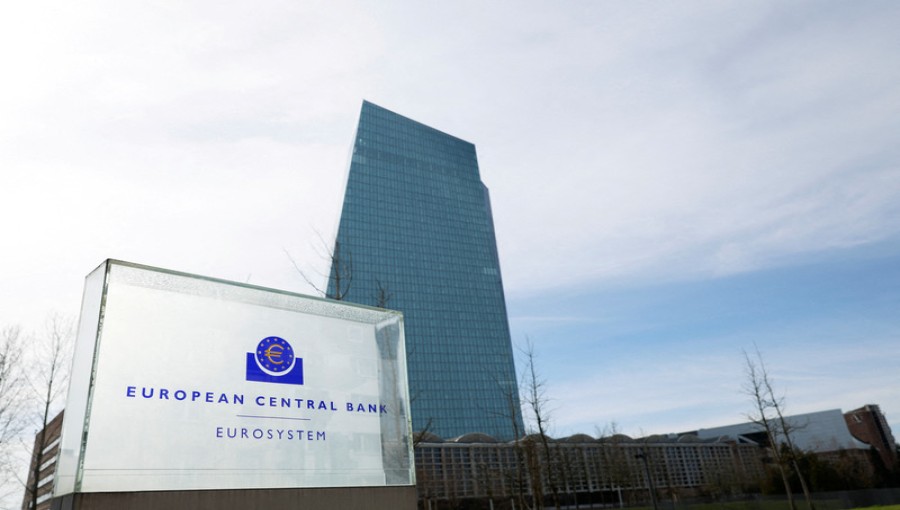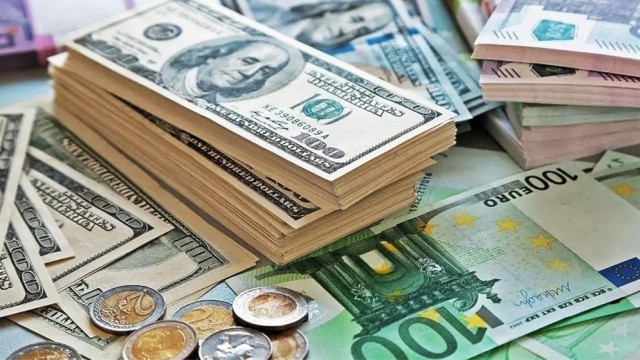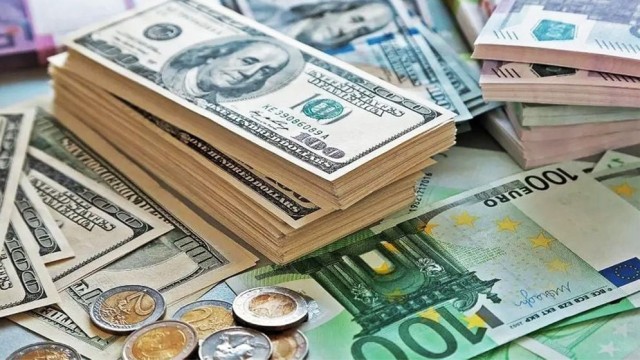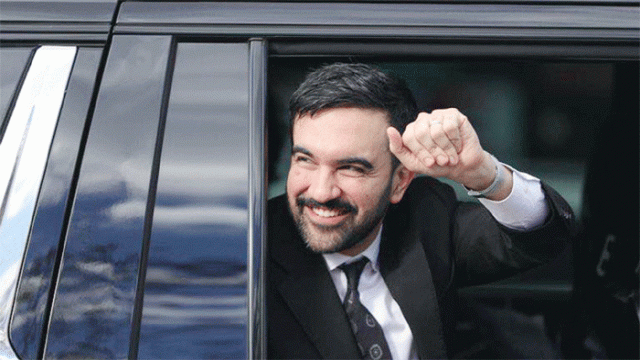The European Central Bank (ECB) cut interest rates for the first time since 2019, lowering the key deposit rate by a quarter point to 3.75 percent. This move comes as eurozone inflation gradually eases towards the ECB's two-percent target, following an unprecedented series of rate hikes that began in mid-2022 to combat soaring energy and food prices. Despite the rate cut, ECB President Christine Lagarde warned of an uncertain and potentially "bumpy road" ahead.
The ECB's rate cut diverges from the US Federal Reserve's current strategy. The Fed has been aggressively hiking rates and is not expected to start cutting them for months due to stronger-than-expected economic data. The ECB's decision aims to provide a boost to the eurozone economy, which has been struggling under the weight of previous rate hikes.
Lagarde emphasized that the ECB is not committed to a specific rate path, highlighting the uncertainty surrounding the pace and duration of the economic recovery. The central bank's updated forecasts raised inflation projections for 2024 and 2025, suggesting that inflation will remain above the two-percent target at 2.2 percent in 2025. Growth projections were also adjusted, with an increase for 2024 and a slight decrease for the following year.
Recent data showed a faster-than-expected rise in inflation in May, with the eurozone economy expanding more quickly than anticipated in the first quarter. Despite the easing of inflation, it remains high, driven by rising wages. Lagarde noted that wage growth might ease over the year, but the overall economic recovery is expected to continue.
The ECB faces several risks, including a weaker global economy, escalating trade tensions, and geopolitical conflicts in Ukraine and the Middle East. These factors add to the complexity of navigating the economic recovery and inflation control.
Analysts believe that another rate cut at the ECB's next meeting in July is unlikely. Some predict that the ECB may reduce rates once a quarter, coinciding with the release of updated economic projections. However, the ECB's path could change if inflation surprises negatively.
There are concerns about the ECB cutting rates more quickly than the US Federal Reserve, as this could depreciate the euro and increase the cost of imports, fueling inflation in the eurozone. To mitigate this, the ECB may pause rate cuts to limit divergence with the Fed.
In summary, the ECB's recent rate cut reflects efforts to support the eurozone economy while navigating inflation risks and economic uncertainties. The path ahead remains uncertain, with potential adjustments based on future economic data and global conditions.































Comment: